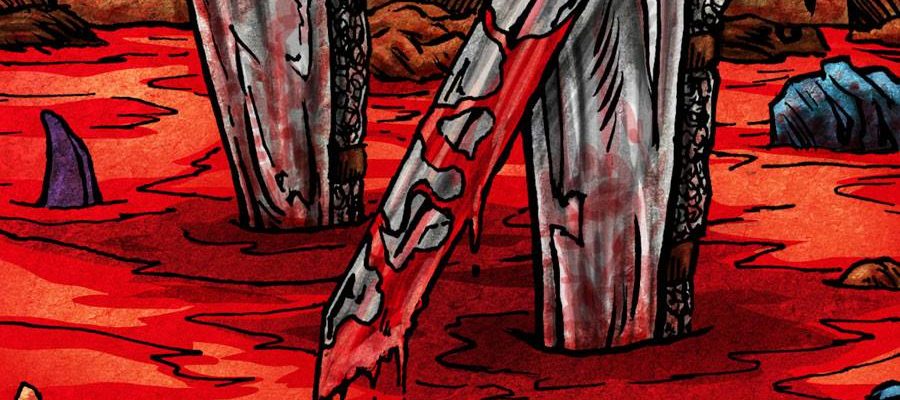In the summer of 1096 the “People’s Crusade” led by Peter the Hermit was on the cusp of flaming out spectacularly. Luckily for the Europeans this group of zealous peasants were not the only crusaders on route to the holy land. Once the nobility of Western Europe arrived on the scene the crusade was able to begin in earnest. The arrival of the so-called “Baron’s Crusade” would signal a new phase in this conflict. Visions, magical objects, and signs from God would turn this military campaign into a truly legendary event. Tune in and find out how donkey blood, conveniently placed relics, and a runaway prophet all play a role in the story.
Works Cited
Armstrong, Karen. Holy War: the Crusades and Their Impact on Today’s World. Doubleday, 1991.
Asbridge, Thomas. Crusades – the War for the Holy Land. Simon & Schuster Ltd, 2012.
Asbridge, Thomas. “The Holy Lance of Antioch: Power, Devotion, and Memory on the First Crusade”. Reading Medieval Studies vol. 33, 3-16: 2007.
Blake, E.o., and C. Morris. “A Hermit Goes to War: Peter and the Origins of the First Crusade.” Studies in Church History, vol. 22, 1985, pp. 79–107., doi:10.1017/s0424208400007890.
Cobb, Paul M. The Race for Paradise: an Islamic History of the Crusades. Oxford University Press, 2016.
Daileader, Phillip. “How the Crusades Changed History”. The Great Courses. Audible: The College of William and Mary, 2013.
Peters, Edward. The First Crusade: the Chronicle of Fulcher of Chartres and Other Source Materials. University of Pennsylvania Press, 1998.
Riley-Smith, Jonathan Simon Christopher. The First Crusade and the Idea of Crusading. Continuum, 2012.
Rubenstein, Jay. Armies of Heaven: the First Crusade and the Quest for Apocalypse. Basic Books, 2011.

